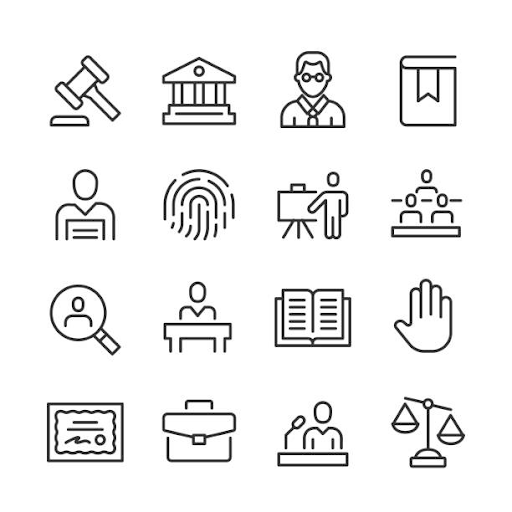
The landscape of attestation engagements witnesses a significant transformation with the issuance of Statement on Standards for Attestation Engagements (SSAE) No. 21. This groundbreaking standard, titled "Direct Examination Engagements," empowers practitioners to provide examination opinions on a broad spectrum of subject matters, both financial and nonfinancial, against defined criteria. One of the noteworthy shifts introduced by SSAE No. 21 is the acceptance of direct examination engagements without the precondition of a responsible party furnishing a written assertion based on the measured or evaluated subject matter—a departure from the previous assertion-based engagement standards.
Key Changes and Differentiation:
The core differentiator of SSAE No. 21 lies in the acknowledgment of direct examination engagements as distinct from assertion-based engagements. AT-C Section 206 is introduced to encompass specific guidance tailored for direct examinations. Despite the differences in approach, both types of engagements fall under the umbrella of examinations providing "reasonable assurance" and culminate in the issuance of an examination report. Notably, transitioning from an assertion-based engagement to a direct examination engagement does not imply a downgrade in the level of service.
The Prerequisite Shift:
A pivotal departure from previous standards is the elimination of the prerequisite that necessitated a responsible party to first measure or evaluate the underlying subject matter and subsequently provide a written assertion of the results to the practitioner. SSAE No. 21 opens the door for practitioners to accept direct examination engagements without the dependency on a pre-existing assertion.
Practitioner Inquiry Points:
When confronted with the decision to opt for a direct examination or an assertion-based engagement, practitioners are advised to delve into certain crucial aspects by inquiring of relevant parties. Key points of inquiry include:
The intended purpose of the engagement.
How the resulting report will be utilized.
The rationale behind seeking a direct examination report.
If the responsible party has not measured or evaluated the underlying subject matter, the reasons for this omission.
If the responsible party has conducted measurements or evaluations, the reasons behind their decision not to provide an assertion.
Amendments to AT-C Section 105:
In tandem with introducing provisions related to direct examinations, SSAE No. 21 incorporates minor amendments to AT-C Section 105, titled "Concepts Common to All Attestation Engagements." These amendments serve to clarify and refine the terminology and underlying definitions relevant to attestation engagements.
Effective Date and Early Implementation:
SSAE No. 21 officially takes effect for examination reports dated on or after June 15, 2022. The standard allows for early implementation, providing practitioners with the flexibility to adopt the changes ahead of the mandatory timeline.
Jennifer's Expertise:
The expertise behind SSAE No. 21 is exemplified by Jennifer, a seasoned professional with over 25 years of experience in crafting high-quality training programs. Her proficiency spans diverse technical and soft-skills domains crucial for professional and organizational success. In 2003, she established Emergent Solutions Group, LLC, where her focus remains on designing and delivering practical and engaging accounting and auditing training. Jennifer's journey commenced in audit with Deloitte & Touche, and she graduated summa cum laude from Marymount University with a B.B.A. in Accounting.
SSAE No. 21 emerges as a game-changer in the realm of attestation engagements, extending practitioners the liberty to embrace direct examination engagements without the constraints of an assertion-based prerequisite. The standard's effectiveness from June 15, 2022, coupled with its provision for early implementation, positions it as a pivotal tool for practitioners navigating the evolving landscape of examination engagements. As the industry adapts to these transformative standards, Jennifer's wealth of experience adds a valuable perspective to the unfolding narrative of attestation practices.
